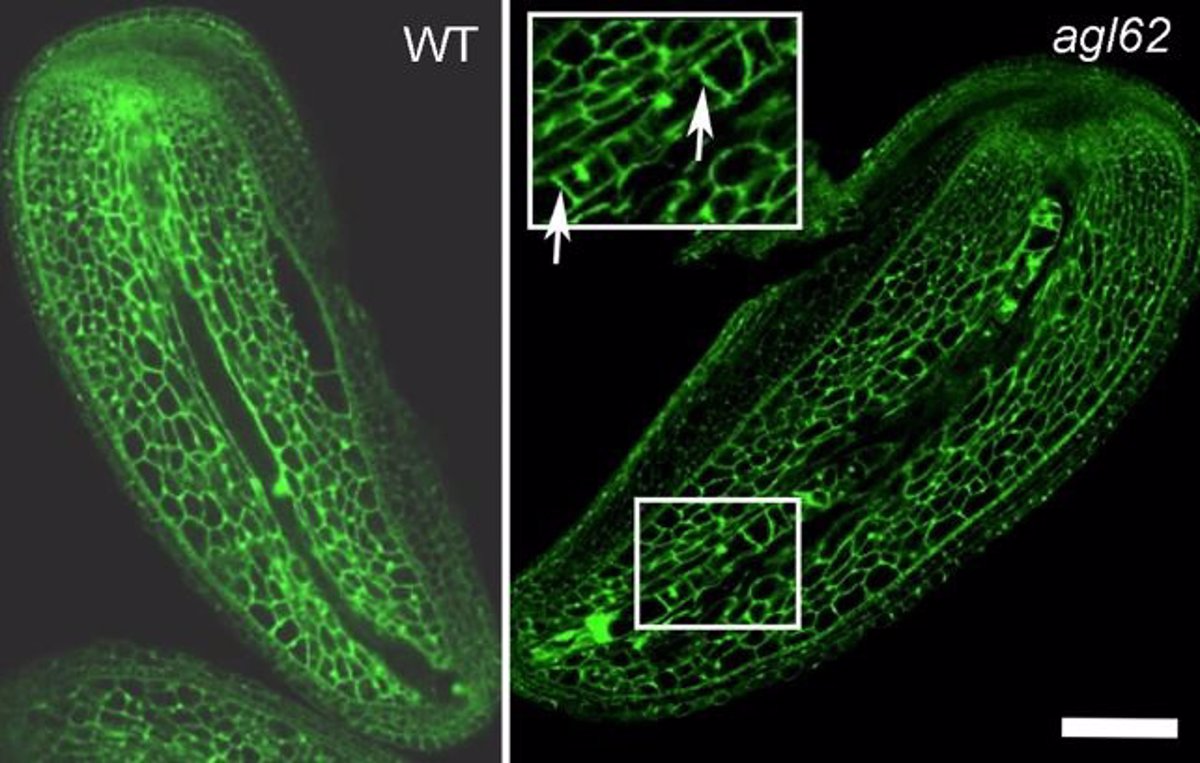Mechanism of auxin synthesis induced by fertilization in the endosperm for seed and fruit development – GUO ET AL./NATURE COMMUNICATIONS
–
MADRID, 14 Jul. (EUROPA PRESS) –
A study from the Department of Cell Biology and Molecular Genetics at the University of Maryland provides information on how flowering plants develop fruits and seeds.
“Understanding this process is especially important because common food crops, such as peanuts, corn, rice and strawberries, are fruits and seeds derived from flowers,” said Zhongchi Liu, lead author of the study and professor of cell biology and molecular genetics at UMD. “Knowing how plants ‘decide’ to turn some of their flowers into fruit and seeds is crucial for agriculture and our food supply.”
The study, which opens a door for farmers to optimize productivity and explore the viability of ‘virgin fruits’, was published in Nature Communications.
In the study, Liu and his team sought to discover how fertilization, or pollination, triggers a flowering plant to start the process of fruit development. The team suspected that an internal communication system was responsible for signaling the plant to set fruit, But the researchers weren’t sure how that system was activated by fertilization or pollination.
To find out, the team simulated mechanisms of pollination and fruit development using strawberry plants. Strawberries are particularly suitable for fertilization modeling due to their unique structure and seed placement, according to Liu.
“As an ‘inside-out’ fruit, strawberry seeds are much easier to handle and observe than the seeds of other fruits such as tomatoes,” Liu explained. “This made it easier for us to see the seeds and extract genetic information from them at multiple stages of plant development.”
Liu and his team identified AGL62, a gene found universally in all flowering plants, as the trigger for a plant’s fruit and seed production.
According to Liu, AGL62 stimulates the production of an essential plant growth hormone called auxin. Once the gene is activated, auxin is synthesized to drive the creation of the seed coat (the outer protective layer of a seed), the endosperm (the part of the seed that provides food for a plant embryo in development) and fruit. The role of auxin in regulating endosperm growth is especially important to researchers, as it affects grain size and fruit enlargement.
“Auxin levels can limit the size an endosperm can grow and the amount of nutrients the endosperm can store for a plant embryo,” Liu said. “More auxin can increase grain size and stimulate fruit growth. When there is less auxin, the endosperms cannot adequately feed the plant embryos and we end up with lower crop productivity: smaller or misshapen fruits that are not commercially viable“.
Using CRISPR, a new gene manipulation technique, Lei Guo, the first author, successfully disrupted AGL62 function. As a result, the strawberry plants were unable to produce fruit or seeds, demonstrating the critical role of AGL62 in this process.
In nature, pollination causes the AGL62 gene to trigger auxin production, a process necessary for optimal fruit and seed development. But by identifying this gene-hormone relationship, Liu and his team have laid a foundation that may allow farmers to activate AGL62 using biotechnology, bypassing pollination altogether; in other words, create “virgin” fruits“.
Liu believes these findings are especially important at a time when global warming is affecting food production around the world.
“Extreme heat kills both pollinators and pollen itself, so climate change is a big challenge we need to overcome,” Liu said. “Learning more about the AGL62 gene has given us a new perspective on how to potentially increase the productivity of agricultural crops, particularly those that make up our food supply.
–


